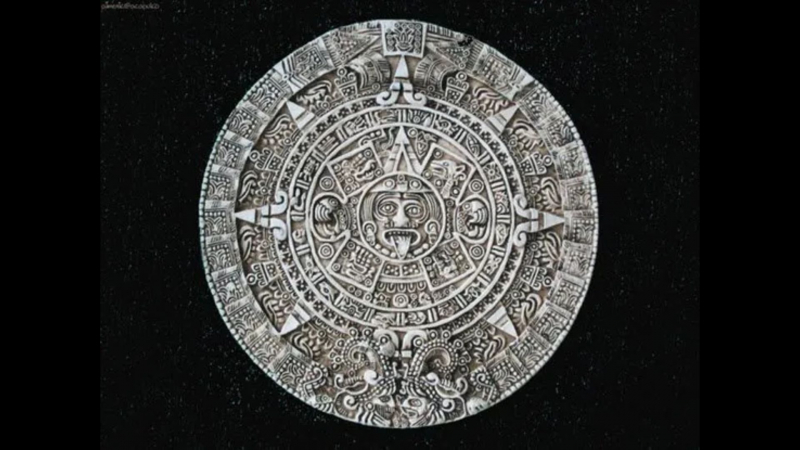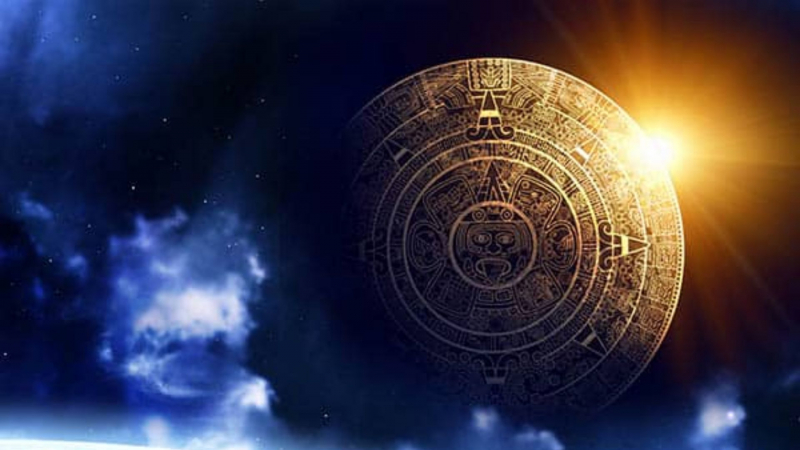Astronomy
There are hundreds of stations that research the sky, and the movements of the sun, moon, and other celestial bodies are dispersed over various geographical places. To examine the universe beyond our own, scientists have created powerful telescopes that can pierce the surface of cosmic objects. The Mayan culture was the source of this inspiration.
The astronomy and gods of the cosmos attracted the Mayans. They were attempting to comprehend the regular motions of the sun, moon, and stars. They attentively observed the cycles of the sun, the shifts in the seasons, and other events because they lacked sophisticated and advanced technology.
They saw gods moving across the sky to the underworld and other heavenly locales as represented by the movements of the stars and planets. They thought that Earth was immovable and that gods could be heard communicating to them from other heavenly bodies. Knowing their cycles and meanings was therefore of utmost significance to them.
The most significant deity in their pantheon, according to Popol Vuh, their sacred scripture, was the sun god of Kinich Ahau. Some people even held the view that particular dynasties were the direct offspring of the sun. They patiently awaited the solstices, eclipses, and equinoxes of the sun to observe and predict them.
The Moon God, or Ix Chel, was equally important, depicting a lady or rabbit, and was generally associated with fertility and birthing. Venus was a significant planet to Mayan astronomers. They waged wars and offered slave sacrifices based on Venus's position in the night sky.
Based on similar discoveries, they devised the calendar and sundial for telling time, which almost exactly corresponds to today's terms.
The Maya observed the celestial bodies and kept records of how the sun, moon, Venus, and stars evolved. Despite the fact that the Haab year had just 365 days, they recognized that a year was slightly longer than 365 days and calculated it to be 365.2420 days (the true approximation is 365.2422). This is more precise than the Gregorian calendar's estimate of 365.2425, indicating that the Maya calendar was more accurate than ours.
2,392 days were equal to 81 lunar months according to Maya astronomers' calculations. This estimates the lunar month to be 29.5308 days long, which is astonishingly close to the current estimate of 29.53059 days. Additionally, they calculated Venus' 584-day cycle, with only a small two-hour discrepancy.
The Maya documented celestial data like obscuration, or the movement of one planet in front of the other, as they studied Jupiter, Mars, and Mercury. Astronomers in the Maya culture were far more skilled and advanced than those in Europe.













